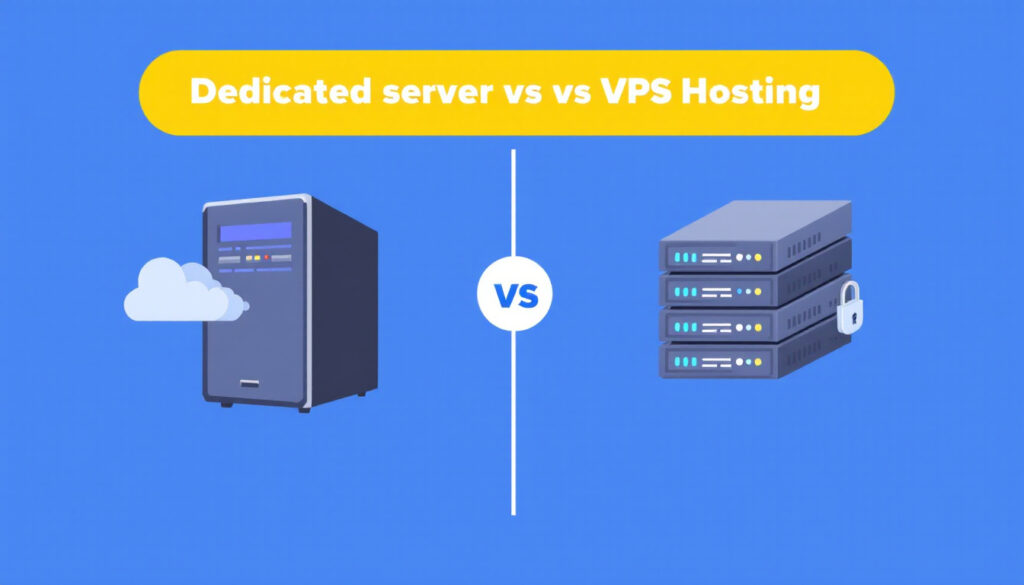AI Content vs Human Content: Understanding Their Strengths and Best Uses [2025 Update]
The use of artificial intelligence in content creation has increased significantly in recent years, raising questions about how AI-generated content compares with content crafted by humans. Understanding the differences between these two approaches is essential for developing an effective content strategy. This post will outline key distinctions, strengths, and practical applications for both AI and human content, guiding readers on when each is most appropriate. Clear insight into this topic supports better decision making in content production. Defining AI-Generated Content and Human-Written Content When comparing AI-generated content with human-written content, it is important to first understand the foundational processes and qualities behind each. Both serve distinct roles and rely on different capabilities, shaping the way content is produced and consumed today. How AI Content is Created AI-generated content results from complex algorithms designed to simulate human language. At the core of this process are technologies known as natural language processing (NLP) and machine learning models. NLP allows AI to interpret and generate human language by analyzing text, understanding syntax, and predicting logical word sequences. Machine learning underpins this by training on vast amounts of data to recognize patterns and generate relevant text. Popular AI writing tools, for example, draw from extensive datasets to produce articles, summaries, or reports automatically. These systems analyze input prompts and then assemble coherent sentences based on learned statistical probabilities. The workflow includes: This approach enables efficient and scalable content production, often producing drafts or outlines in seconds. However, it depends heavily on the quality of input data and predefined algorithms, lacking personal experience or insight. For a detailed understanding of AI’s role in content creation, resources like the analysis on AI in content creation provide useful context. Photo by Shantanu Kumar Characteristics of Human-Produced Content Content created by humans benefits from intrinsic qualities that remain beyond the full reach of current AI technology. Human writers apply creativity, emotional intelligence, and contextual understanding to their work. These apply in several ways: These attributes enable human content to connect deeply with readers, offering nuanced storytelling and a personalized voice. This is explained further in discussions such as AI vs. Human creativity, underscoring where human content excels through its layered depth and emotional resonance. Both AI and human content have distinct advantages, and recognizing their nature helps in applying them effectively within content strategies. For more on optimizing content efforts, explore practical content insights. Comparing Quality and Creativity Between AI and Human Content When evaluating AI-generated content against human-written content, it is essential to consider how each performs in terms of quality, consistency, creativity, and emotional resonance. Both approaches deliver distinct advantages shaped by their inherent capabilities. AI excels in producing precise, volume-driven material, while human authors bring originality and depth that elevate the reading experience beyond mere information delivery. Advantages of AI Content in Quality and Consistency AI content stands out for its ability to generate large volumes of accurate and consistent text rapidly. This strength is rooted in AI’s design to process extensive data sets and apply learned linguistic patterns without fatigue or distraction. Despite advantages, AI-generated content may lack the nuance that often distinguishes exceptional writing, potentially resulting in text that feels mechanical or formulaic. However, for tasks prioritizing volume and factual accuracy, AI remains unmatched. For further insights on this balance, resources like TraceGPT’s overview of AI vs. human content offer detailed comparisons. Strengths of Human Content in Creativity and Emotional Depth Human content continues to lead in areas demanding creativity, unique storytelling, and emotional connection. These qualities emerge from the writer’s personal experience and intuitive grasp of language subtleties. These factors contribute to richer, more compelling content that builds trust and fosters long-term audience engagement. The human touch often proves indispensable in creative marketing, opinion pieces, or any format demanding subtlety beyond straightforward data delivery. Photo by Darlene Alderson For businesses exploring effective content strategies, understanding these distinctions guides optimum resource allocation. Balancing AI’s efficiency with human creativity delivers both quality and impact, catering to various audience demands. To learn more about why quality in content matters, you can visit this detailed guide on content quality. Use Cases Best Suited for AI Content vs Human Content Knowing when to use AI-generated content versus human-written content is key to achieving the best results. Each has strengths that fit different types of communication needs. Understanding these can help you decide which approach to adopt for specific content projects. Ideal Scenarios for AI Content AI content is particularly well suited for tasks that demand speed, volume, and consistency without sacrificing accuracy. It excels where the content is formulaic, data-heavy, or repetitive. Examples include: Using AI for such content frees up human resources to focus on areas where creativity and insight are more essential. This Google Cloud article on generative AI use cases illustrates how industries leverage AI to automate repetitive documentation and reporting tasks, boosting efficiency without compromising precision. Situations When Human Content is Crucial Human content shines in contexts that demand emotional nuance, cultural awareness, and original storytelling. These include: In these cases, human writers ensure content is meaningful, credible, and aligned with audience expectations. Effective communication here goes beyond data—it requires insight, empathy, and refined understanding. This distinction is critical in managing content strategies. By combining AI’s strengths in scalability with human creativity, organizations can maintain both quality and efficiency. For a deeper look into balancing these approaches, you may consider strategies highlighted in the HUIT Harvard overview on AI use cases. Photo by Pavel Danilyuk Ethical Considerations and Challenges with AI Content As AI-generated content becomes more prevalent, it raises important ethical questions and operational challenges. From the risk of false information to concerns about employment, these issues require careful consideration. Understanding these ethical factors is necessary to balance the benefits of AI with responsible and fair practices in content creation. Addressing Accuracy and Misinformation Concerns AI systems generate content by analyzing vast data sets and predicting likely word sequences. While this allows for the rapid production of text, it also introduces









